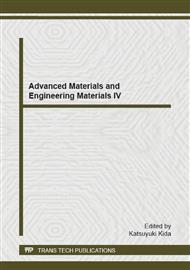p.501
p.505
p.511
p.517
p.521
p.525
p.529
p.535
p.541
Control Law and Simulation Analysis of Vertical Take-Off and Landing Stage of Tilt Rotor Aircraft
Abstract:
This paper utilized the genetic algorithm to optimize the PID controller of vertical take-off and landing stage of tilt rotor aircraft. According to the features of stability control of vertical take-off and landing stage of tilt rotor aircraft, system ascend time, steady error, and weighted overshoot are chosen as objective function of optimization. Simulation results show that PID controller designed by the genetic algorithm possess the excellent flexibility, adaptability and can produce the better control effect.
Info:
Periodical:
Pages:
521-524
Citation:
Online since:
December 2014
Authors:
Price:
Сopyright:
© 2015 Trans Tech Publications Ltd. All Rights Reserved
Share:
Citation:


